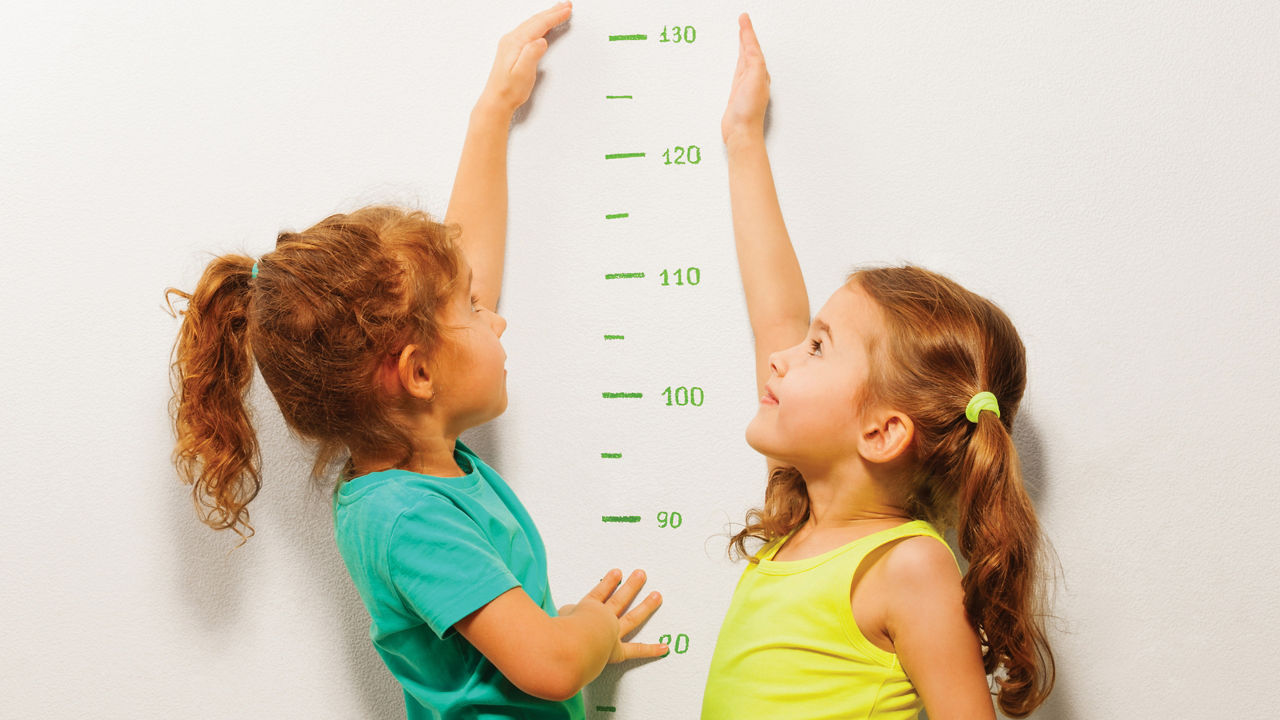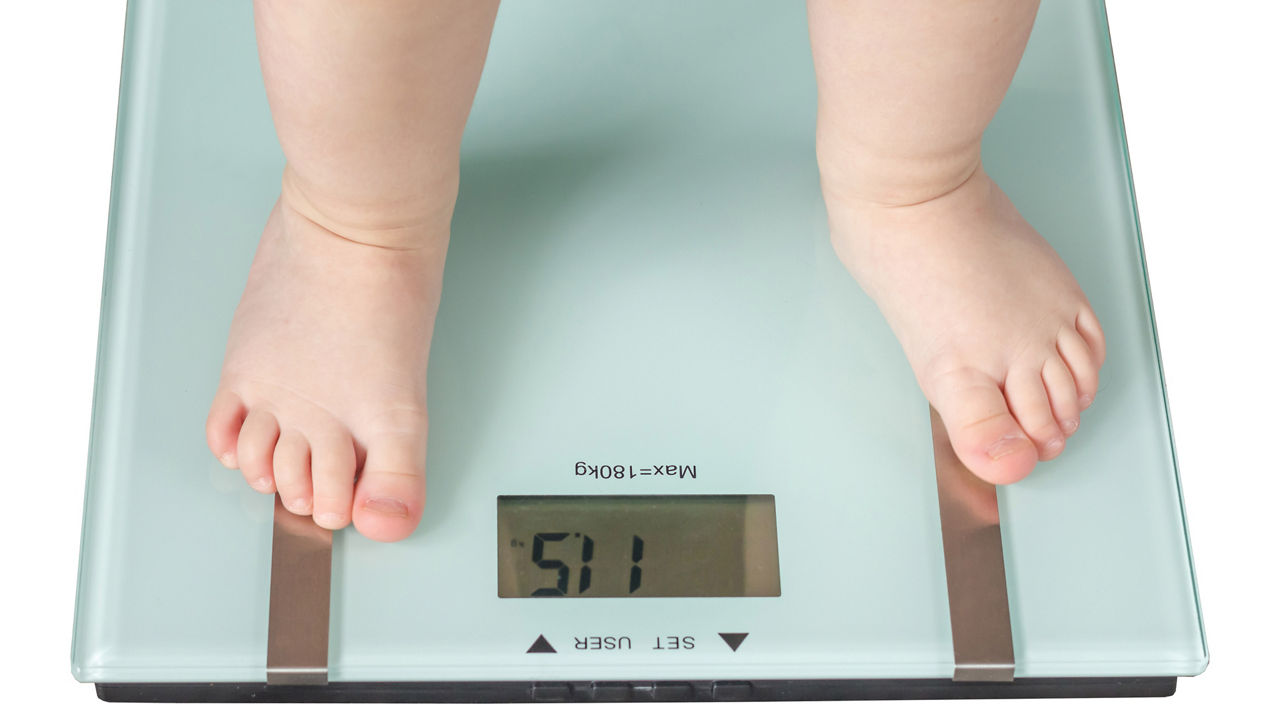After completing weight and height measurements of your child, follow the link below to learn more about interpreting the measurements against standardized World Health Organization child weight and height growth charts.
Weight and length/height measurement if your child is older than 2 years
For parents or carers who may have concerns about their child’s growth and are unsure of the best way how to measure their child’s growth after the age of 2. This article explains step-by-step how to perform growth measurements and provides advice about the simple equipment needed to get started.
This article is provided as guidance and should not be used as a substitute for medical advice.
Weight measurement
Equipment required: Clean digital family weighing scales, on a level surface (e.g.tiles) and not on a carpet or wobbly wooden floor
Before you start: Weigh only in light clothing so remove shoes, socks and most clothes
Perform the length/height after the weight, when your child is already undressed.
- Ask your child to stand in the middle of the scale, feet slightly apart, and to remain still until the weight appears on the display
- Write down the weight to the nearest 0.1 kg and repeat once in order to check measurement.
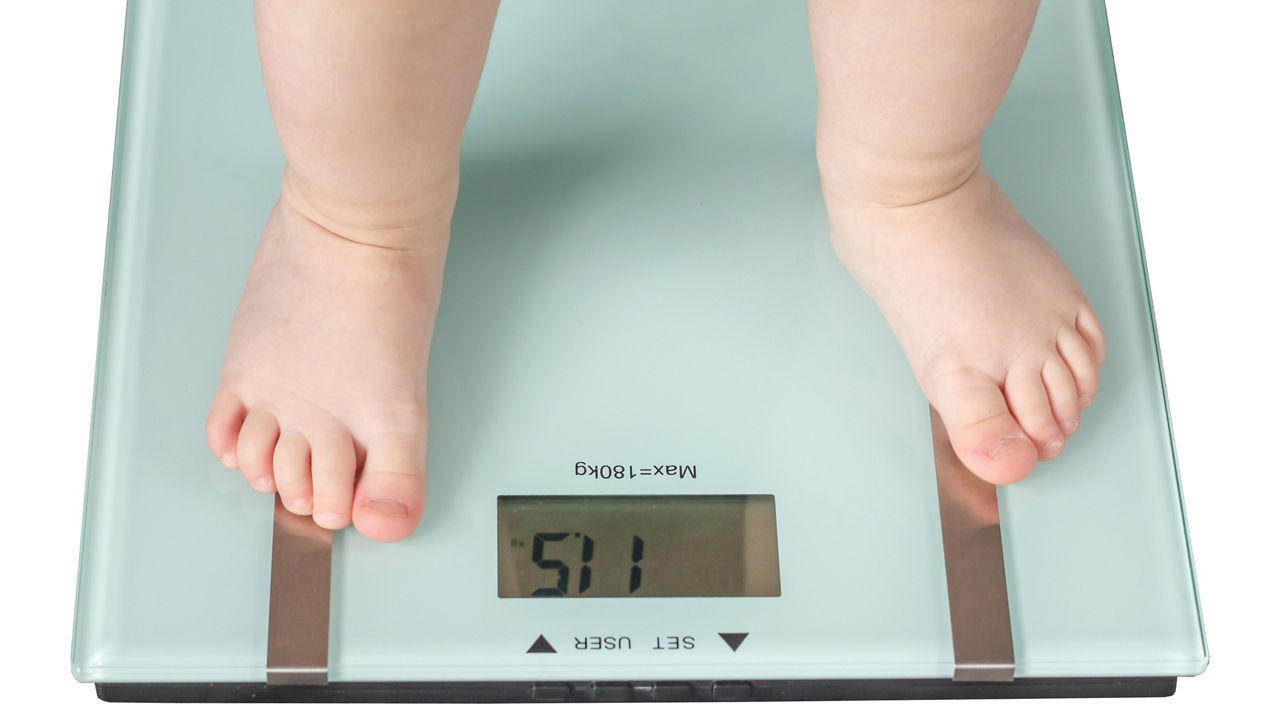
Height measurement
After the age of 2, a child can be measured standing up. A healthcare professional would normally use a stadiometer, but you can design one at home using a tape measure and book.
Equipment required: a solid floor without skirting board, book, tape measure
Before you start: remove your child’s shoes, socks and hair bands. Make sure your child is wearing light clothing
- Before taking the measure stick a piece of A4 paper to the wall with tape around the area where you estimate your child’s height, so that you can make a mark at this point.
- Help your child to stand on the floor with feet slightly apart. The back of the head, shoulder blades, buttocks, calves, and heels should all touch the wall. The child’s trunk should be balanced over the waist, i.e., not leaning back or forward.
- Stabilize your child’s knees and ankles (so that they do not flex their knees) to help keep the legs straight and feet flat, with heels and calves touching the wall.
- Position your child’s head so that it is in a neutral position facing forward (head should not be tilted up or down). Still keeping the head in position ask a second person to gently place a hardback book on your child’s head.
- Using the tape measure, measure from this point to the floor. This mark should be made at the lower side of the book.
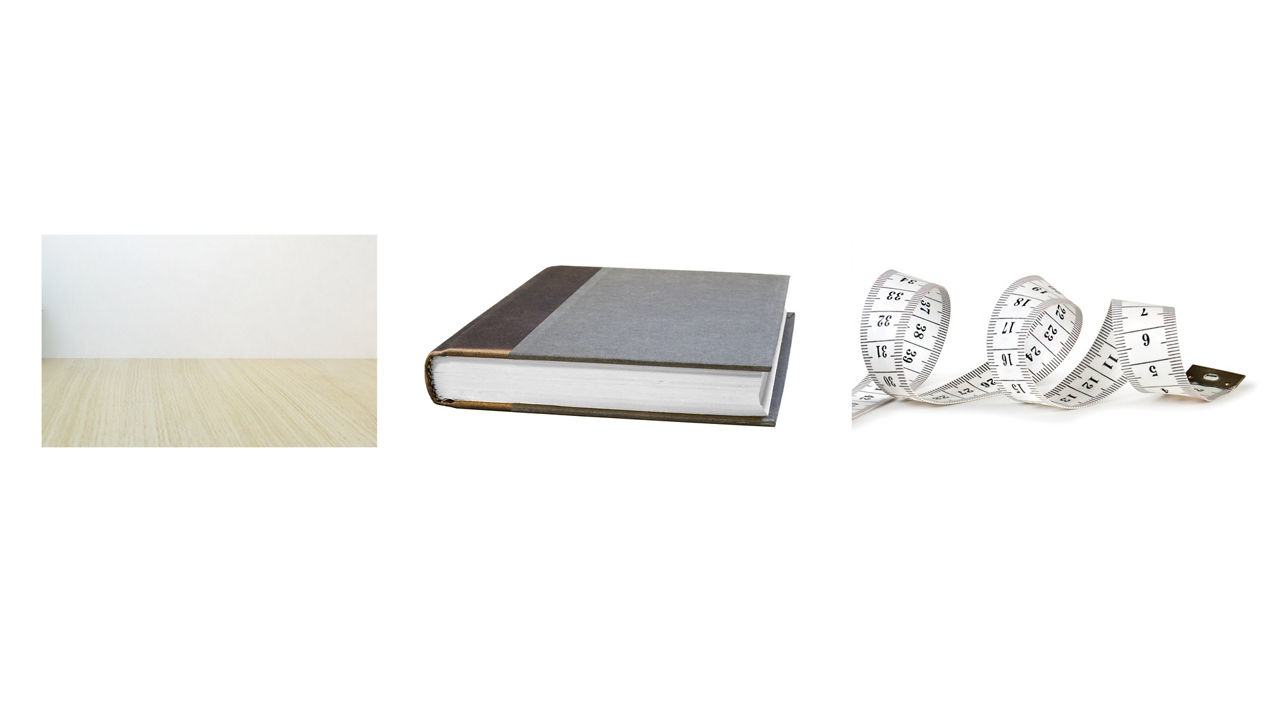
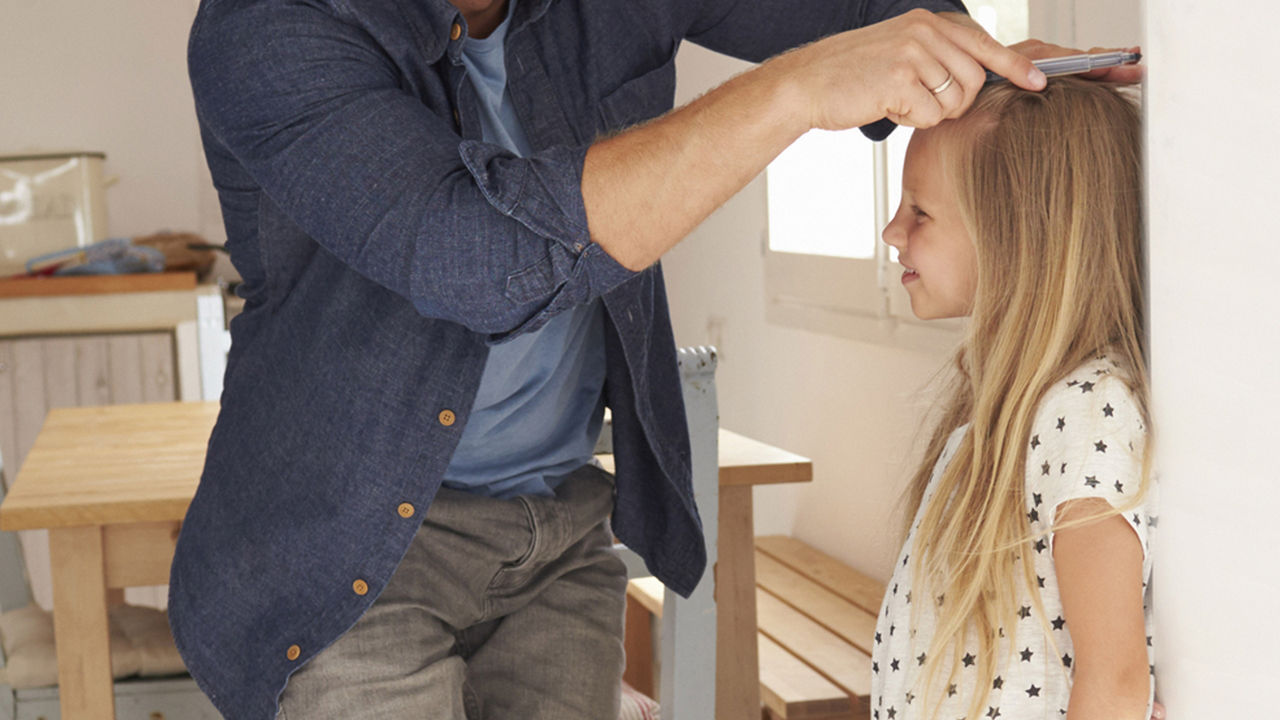
Record the child’s height in centimeters to the last completed 0.1 cm if possible. Repeat this a 2nd time and if there is more than a 0.1 cm difference between 2 measurements, repeat it a 3rd time.
Assessing your child’s growth
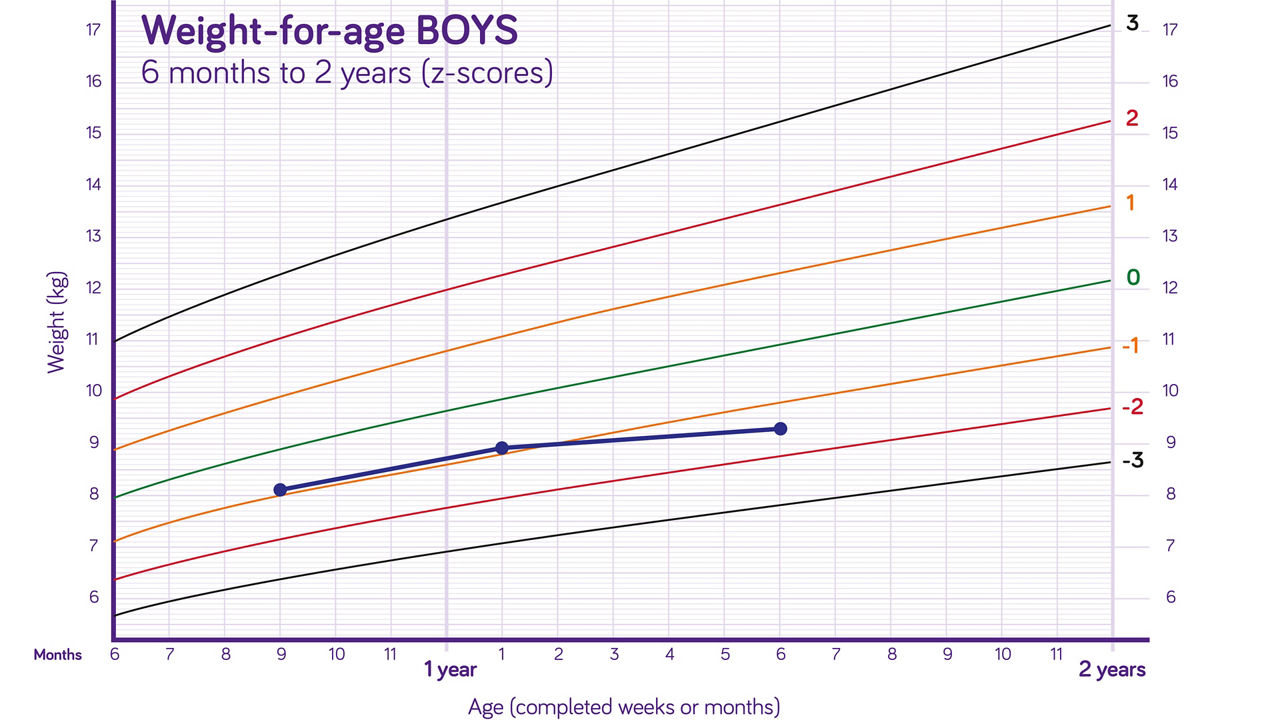
Are you a healthcare professional or (carer of) a diagnosed patient?
The product information for this area of specialization is intended for healthcare professionals or (carers of) diagnosed patients only, as these products are for use under healthcare professional supervision.
Please click ‘Yes’ if you are a healthcare professional or (carer of) a diagnosed patient, or ‘No’ to be taken to a full list of our products.
The information on this page is intended for healthcare professionals only.
If you aren't a healthcare professional, you can visit the page with general information, by clicking 'I'm not a healthcare professional' below.
